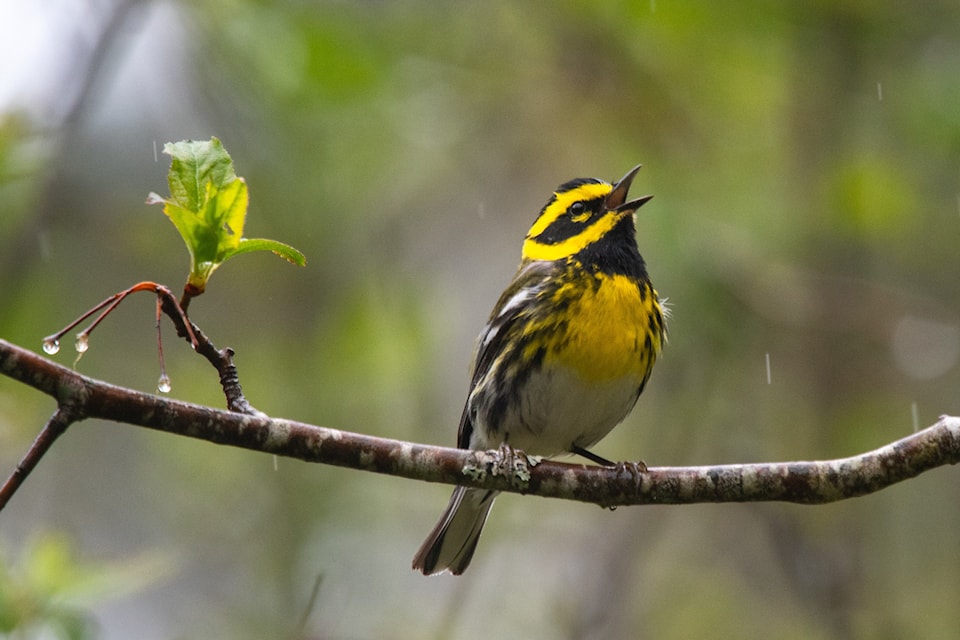By James MacKenzie
Special to Black Press
Spring is effectively over, and with its closure, another chapter is written in the fascinating saga of bird migration.
While Valley residents were enjoying the first flowers in April, tending their gardens, or socializing outside in May, millions of birds passed through the region on their journeys north.
Some migrations, like “V” shaped geese or the temporary flocks of sandpipers dotting the surrounding beaches are easier for humans to notice. However, there is also a silent nocturnal migration - the neotropical migrants.
Flycatchers, warblers, vireos, orioles, sparrows, tanagers and many more colourful and wonderfully exotic birds pass by almost undetected overnight. Migrating at night is an obvious choice for these birds.
They use geospatial tools for navigation, including the earth’s gravitational pull and significant landmarks. Night brings with it far fewer predators, and often more favourable wind and weather conditions.
However, in a human-modified world, these small birds face numerous challenges, including ambient light and glass window collisions.
Light attracts birds to cities and often causes them to circle the light to exhaustion, finally dropping into parks, gardens and forests.
Other unlucky birds enter a world of false habitat, misunderstanding glass window reflections and ending their lives by flying optimistically toward reflected vegetation. However, only one per cent of bird collisions in Canada happen in high-rise buildings. To prevent those fatalities, experts recommend that house and low-rise building owners treat their windows with frosted or decorative film among other things.
Once these birds arrive at their breeding ground, migration, the hardest part of their summer is done. Male birds arrive first to defend the best territories from rivals by singing vigorously.
While many birds nest in protected areas like provincial parks, lakes, and forests, others choose our backyards and local greenways for nesting.
Birds like Spotted Towhee, Pacific Wren, Song Sparrow, and even Orange-crowned Warblers nest in low shrubs or on the ground.
Everyone can help by keeping their dogs on the trail and reminding kids they could step on a bird’s nest if they take shortcuts through the forest.
Young birds are naive and often helpless, but still in nature’s control and not in need of human intervention. In addition to well-meaning but misguided “fledgling-nappings,” backyard dogs and cats cause high mortality for young birds.
It’s a tough world out there for these birds, especially those who migrate long distances each spring and fall.
Treating windows, keeping cats indoors, and dogs under control and avoiding the urge to interfere with fledglings will give birds the best chance at forging the next generation.
If you have any additional questions, contact MARS at education@marswildliferescue.com or visit the MARS Wildlife Rescue located at 331 Williams Beach Rd.



